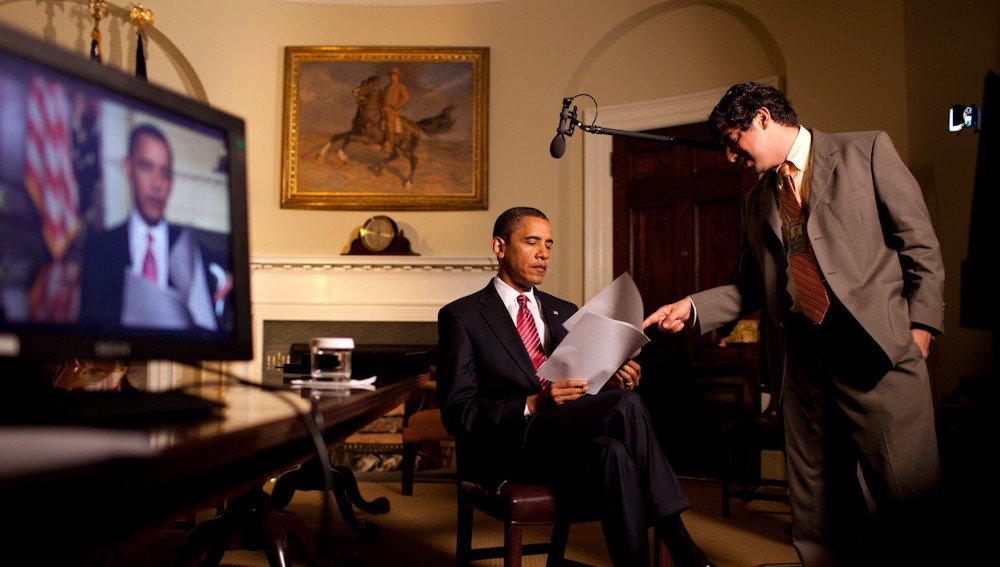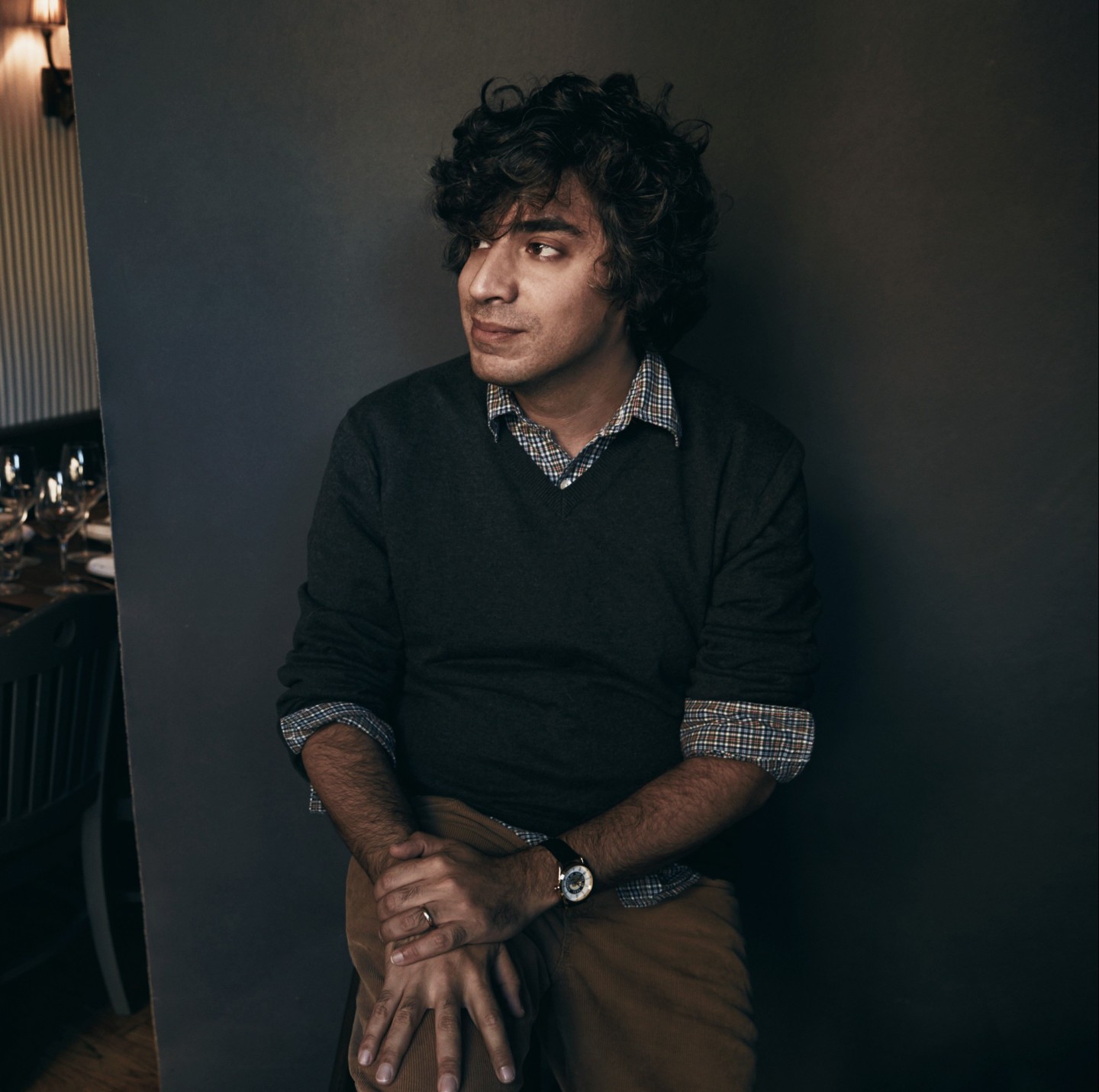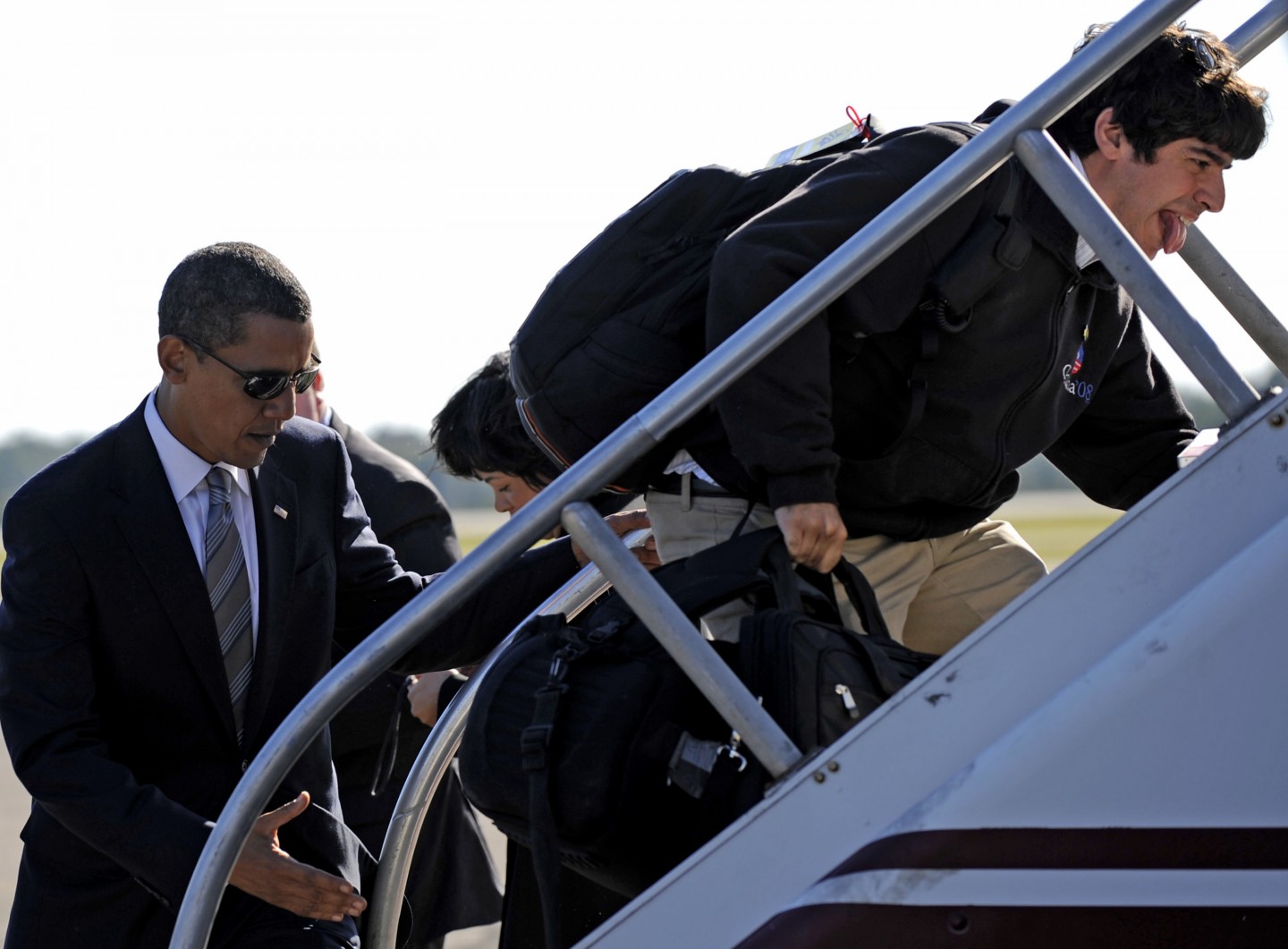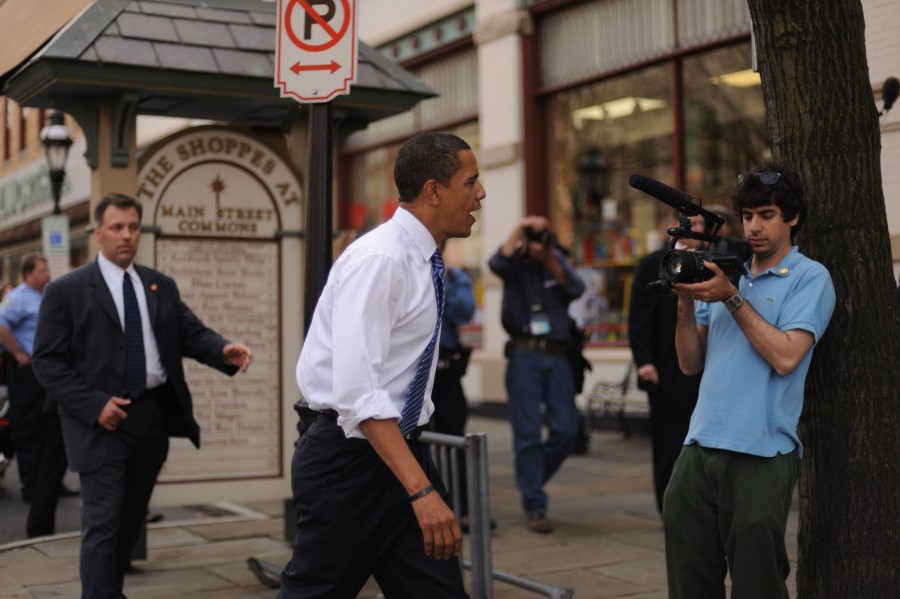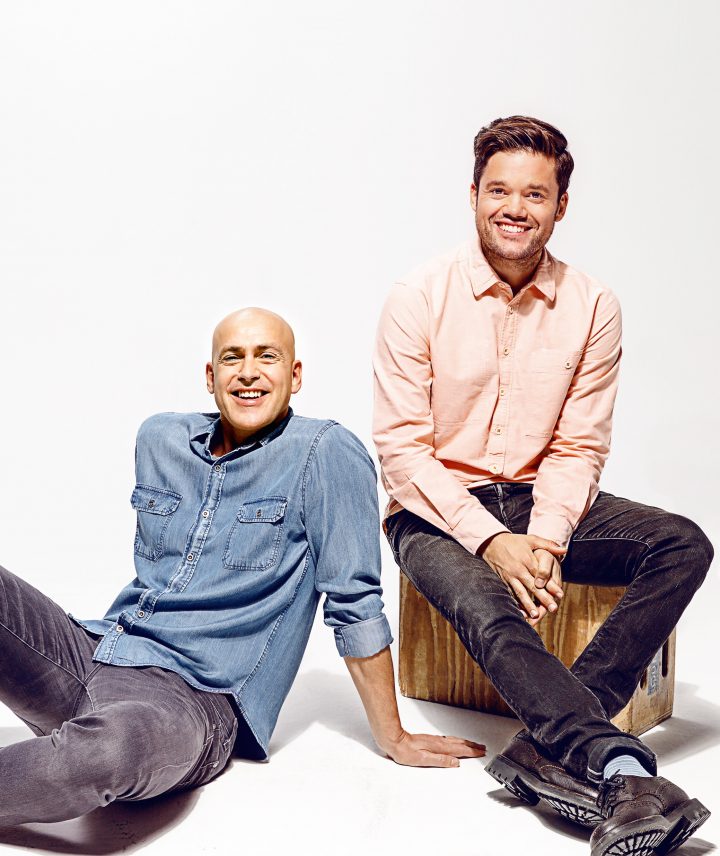YOU’VE PROBABLY NOTICED: There’s something different about Bernie Sanders. The Vermont senator has built a sleeper hit of a campaign, a slow #bern that’s shocking both sides of the aisle. And if his targeted messaging and success with young voters seems reminiscent of Obama, that’s because he hired the same guy: Arun Chaudhary.
But what’s unique about Chaudhary isn’t that he helped elect the President. Twice.
It’s that, unlike creative directors on other campaigns, Chaudhary doesn’t come from a background in politics — he comes from a background in fine art. (Hillary hired a political science major to run creative; Trump hired no one in particular.) The NYU-trained filmmaker is one of only a few artists working in politics, which begs the question: Could artists create better content for voters than political consultants?
